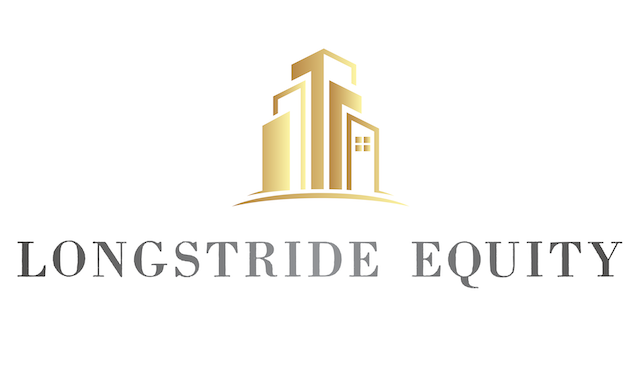A bridge loan is a short-term loan used until a person or company secures permanent financing or pays an existing obligation. It allows the borrower to meet current obligations by providing immediate cash flow. Bridge loans have relatively high interest rates and are usually backed by some form of collateral, such as real estate or the inventory of a business.
These types of loans are often used in real estate and are also called bridge financing or a bridging loan.
Benefits of Bridge Debt in Real Estate:
- Flexibility: Bridge debt provides flexibility for real estate investors by offering short-term financing options that can bridge the gap between acquiring a property and securing long-term financing. It allows investors to take advantage of time-sensitive opportunities or complete projects without waiting for traditional financing.
- Speed: Bridge loans can be processed and approved quickly compared to traditional loans, allowing investors to access funds in a shorter timeframe. This can be crucial in competitive real estate markets where speed is essential for securing deals.
- Financing for Distressed Properties: Bridge loans can be a viable option for financing distressed properties or those in need of significant renovations or repairs. Traditional lenders may be hesitant to finance such properties, but bridge lenders may be more willing to provide the necessary funding.
- Value Creation: Bridge financing can be used strategically to add value to a property. For example, investors can use the funds to make improvements or renovations that enhance the property’s marketability and increase its value, positioning it for better long-term financing options.
- Bridge to Long-Term Financing: Bridge debt serves as a temporary solution, providing financing to bridge the gap until long-term financing can be arranged. It enables real estate investors to proceed with acquisitions or projects without waiting for the lengthy approval process of traditional lenders.
Risks of Bridge Debt in Real Estate:
- Higher Interest Rates: Bridge loans typically come with higher interest rates compared to traditional financing options. This is due to the shorter-term nature and higher risk associated with bridge debt. Higher interest rates can increase borrowing costs and impact the overall profitability of the investment.
- Short-Term Repayment: Bridge loans generally have shorter repayment periods, typically ranging from six months to a few years. Failing to secure long-term financing or sell the property within the bridge loan term can put the investor at risk of default or the need to refinance at potentially unfavorable terms.
- Collateral Requirement: Bridge loans often require collateral, such as the property being financed. In the event of default, the lender may have the right to seize the collateral, which could lead to the loss of the property.
- Limited Exit Strategies: Bridge loans rely on an exit strategy to repay the loan, such as refinancing, selling the property, or securing long-term financing. If unforeseen circumstances prevent executing the planned exit strategy, it can create challenges in repaying the loan on time, leading to potential financial difficulties.
It’s important for real estate investors to carefully evaluate the benefits and risks of bridge debt and consider their financial capabilities, market conditions, and exit strategies before pursuing this financing option. Consulting with a professional, such as a real estate attorney or financial advisor, is advisable to make informed decisions.
